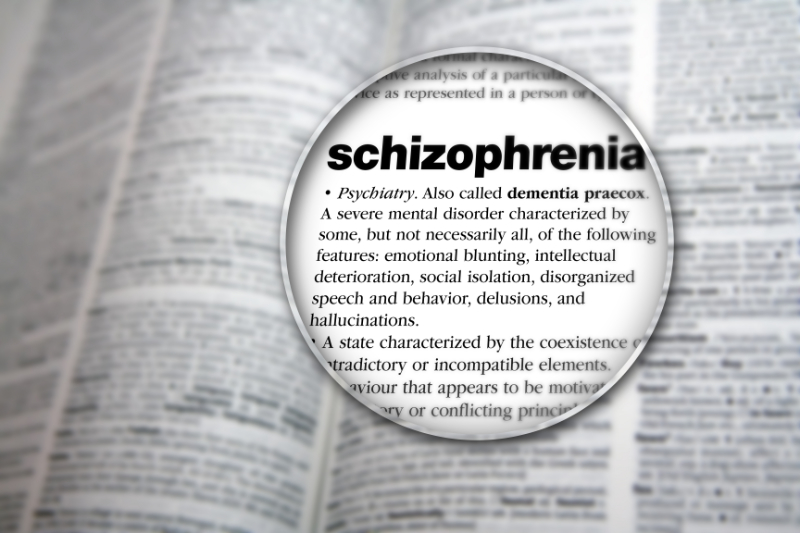Understanding and patience are the most important characteristics of caring for this person. Hallucinations, delusions, and paranoia are scary for them. Good communication is very important. Do not pretend to see or hear the person’s hallucinations. Likewise, do not agree with the delusions or the paranoia. Finally, do not try to convince the patient that what they are experiencing is not real. To them, it is real. Speak slowly and calmly. Be careful about touching the person; this may upset them more (Halter, 2022; Sorrentino & Remmert, 2014). Stating, “I know that the voices are real to you; I do not hear them,” allows the caregiver to be honest and may help the patient accept that the voices are not real; this allows the patient to gain control over the hallucination (Townsend, 2015; Halter, 2022).
Communicating with the patient may be difficult because they can mix up words or develop their own language. Remember, the patient thinks you can understand them. Orienting the patient to reality by using their name and validating any part of the conversation you understand is important. Try to decode the conversation by anticipating their needs. Clarifying what the patient is trying to tell you by stating, “I am not sure what you mean,” or “I am not sure what you are trying to tell me. Can you try to explain it to me again, please?” (Halter, 2022). Notice that the responsibility for understanding the patient is placed on the caregiver; this helps the patient understand how they are being perceived and alleviates any anxiety or blame for the patient. The patient may also exhibit concrete thinking or literal thinking. Avoid using abstract phrases or clichés such as “the early bird gets the worm;” the patient can misinterpret this (Townsend, 2015).
Asking if the patient is hearing voices can be an early intervention. If the patient is experiencing hallucinations, report your observations to the nurse. Also, observe for any trigger in the environment that can be removed. The patient may be laughing to themselves, talking to themselves, shifting eyes around the room, or staring at a particular area (Townsend, 2015). Participating in activities can help decrease social withdrawal and inappropriate behaviors and increase motivation (Halter, 2022). Remember that the activity has to be within the patient’s functioning level. Some activities to consider are drawing, reading, listening to music, or walking. These are activities in the “here and now” (Halter, 2022). Keeping the patient focused on reality-based activities is important in helping them cope with these symptoms.
Likewise, when a patient experiences delusions, it is important to focus on reality. It is okay to ask about the delusion to obtain assessment information for the nurse; however, do not argue or deny the belief (Mason et al., 2014). The patient may be using delusions as an attempt to understand their environment (Halter, 2022). If the patient is suspicious, attempt to promote trust by using the same staff and being honest with the patient. Activities should be more one-to-one for a suspicious patient.
Furthermore, the patient may believe their food is poisoned or controlled (Townsend, 2015). Offer food they can open themselves with supervision or allow them to choose between actions so they feel some control over their environment. The patient may also become agitated or anxious. Offer empathy, such as “You seem anxious. How can I help you?” This offers validation of the patient’s feelings and reinforces trust (Townsend, 2015).
Another important aspect of care is the nonverbal communication of the caregiver. Nonverbal communication involves tone of voice, stance, eye contact, facial expressions, and movements. When interacting with the patient, be sure to face the person, maintain eye contact, stand near the person (but not too close), and try to position yourself at the patient’s level; facial expressions should show your interest or concern, and you should speak slowly and calmly (Townsend, 2015). It is also important to remember that patients with schizophrenia can have difficulty with memory. Repeating steps or phrases several times may be required (Halter, 2022). Also, this patient can react quickly to increased stimuli. It may be necessary to keep sessions or groups shorter. Interactions and communication should help the patient to feel more comfortable and reduce symptoms.
If the patient becomes agitated, the caregiver should take measures to protect themselves. When interacting with the patient, ensure the door is closer to you. You should have a clear escape route if needed. Call for help if needed. Never try to handle the situation yourself. Always be aware of your surroundings and understand how to recognize agitation or anxiety in the patient.








